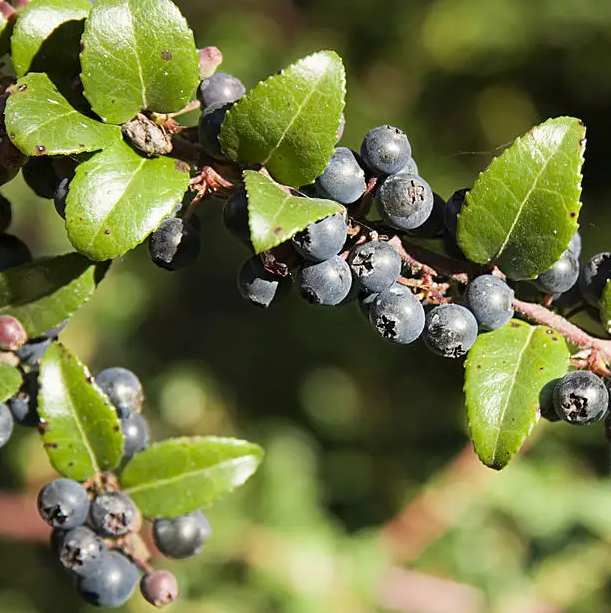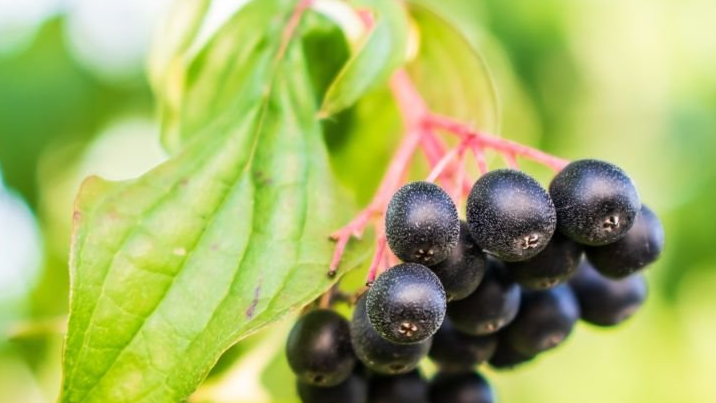Autumn in the Pacific Northwest signals the perfect time for huckleberry foraging. Huckleberries are small, round berries that range in color from deep blue to dark purple and are packed with flavor. Growing in the wild, these berries can often be found in moist, wooded areas and alongside hiking trails.
When foraging for huckleberries, a few key tips can enhance the experience. First, familiarize yourself with the different types of huckleberries, such as blue huckleberries (Vaccinium deliciosum) and red huckleberries (Vaccinium parvifolium), as they vary in taste and habitat. Typically, I look for bushes at higher elevations in areas with plenty of sunlight.

Uses and Preparation Methods
When it comes to cooking with wild huckleberries, there’s nothing quite like the flavor they bring to both sweet and savory dishes. These small, dark berries grow abundantly in the wild here in the Pacific Northwest, and they’re a true gem of the forest. Huckleberries have a tart, slightly sweet taste that’s often compared to blueberries but with more depth and a wilder, more intense flavor.
One of my favorite ways to use wild huckleberries is in a simple, rustic huckleberry pie. The natural tartness of the berries balances perfectly with a buttery, flaky crust and just a touch of sugar. I also love using them in pancakes or muffins, where the little bursts of berry juice add an irresistible pop of flavor. For a more savory twist, I’ve experimented with huckleberry sauces for game meats like venison or elk. The tartness of the berries cuts through the richness of the meat, creating a beautifully balanced dish.
If you’re foraging your own huckleberries, make sure to pick them when they’re fully ripe—usually a deep purple or almost black in color. They’re delicate and can be a bit time-consuming to harvest, but the reward is more than worth it.
One tip I’ve learned over the years is to freeze the huckleberries you’re not using right away. Spread them in a single layer on a baking sheet, freeze until solid, and then transfer to an airtight container. This way, you can enjoy their wild, tangy flavor all year long.
Whether you’re making a traditional dessert, a savory dish, or even a huckleberry-infused cocktail, wild huckleberries add a unique and delicious touch to any recipe. Just be sure to use them soon after picking or freeze them to capture their peak flavor.
Storage Tips
If you’ve foraged a large haul, proper storage is essential to maintaining freshness. Store huckleberries in a breathable container in the refrigerator for up to a week. For longer storage, consider freezing them. Spread the washed berries on a baking sheet to freeze individually before transferring them to airtight containers or freezer bags. This way, they won’t clump together, making it easier to use them later.
Safety and Ethical Foraging
When foraging for huckleberries, respect the environment by only harvesting what you need. It’s essential to avoid over-picking in a single area to ensure the bushes can regenerate for future seasons. Additionally, always double-check that you’re correctly identifying the berries, as some look-alikes can be toxic.
In conclusion, huckleberries are not only a delicious fall treat but also a rewarding foraging experience. So grab your basket and hit the trails—there’s a bounty waiting to be discovered!
For additional information check out Foraging and Preserving Huckleberries (montanahomesteader.com) or Foraging, Cleaning and Preserving Huckleberries
Find more of our foraging related articles
Also check out the Red Huckelberry
